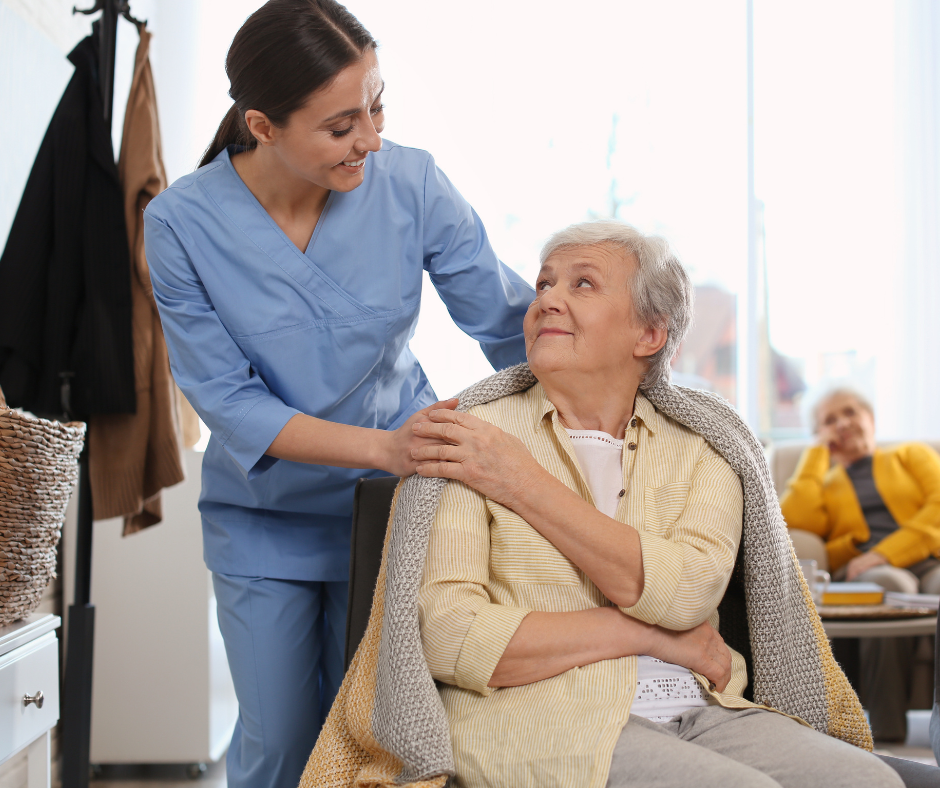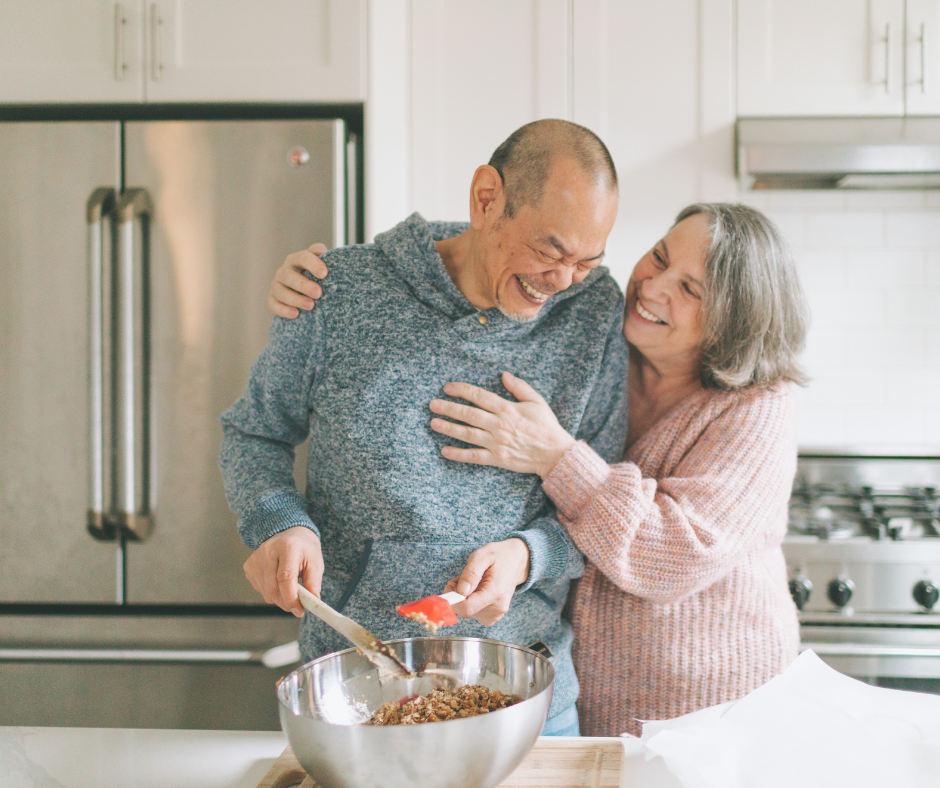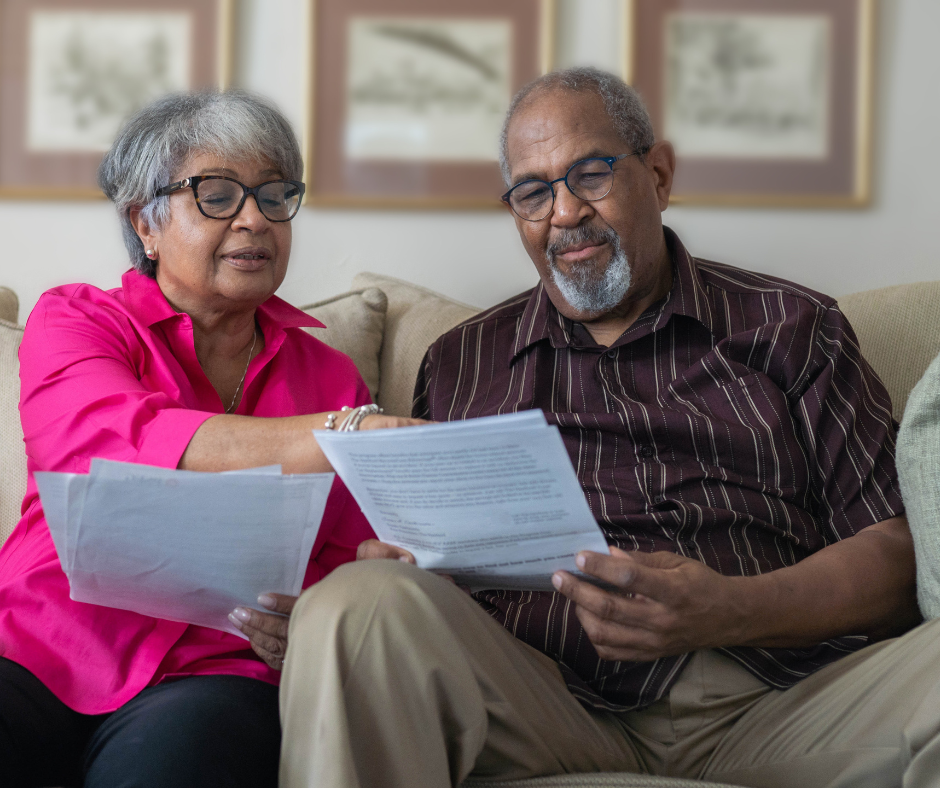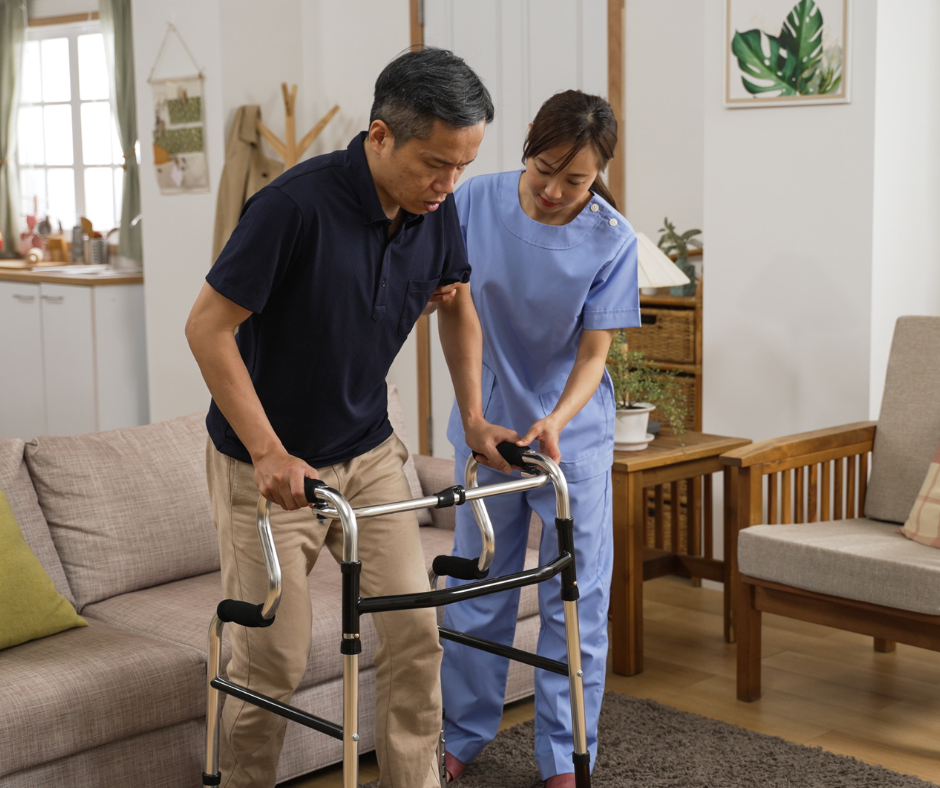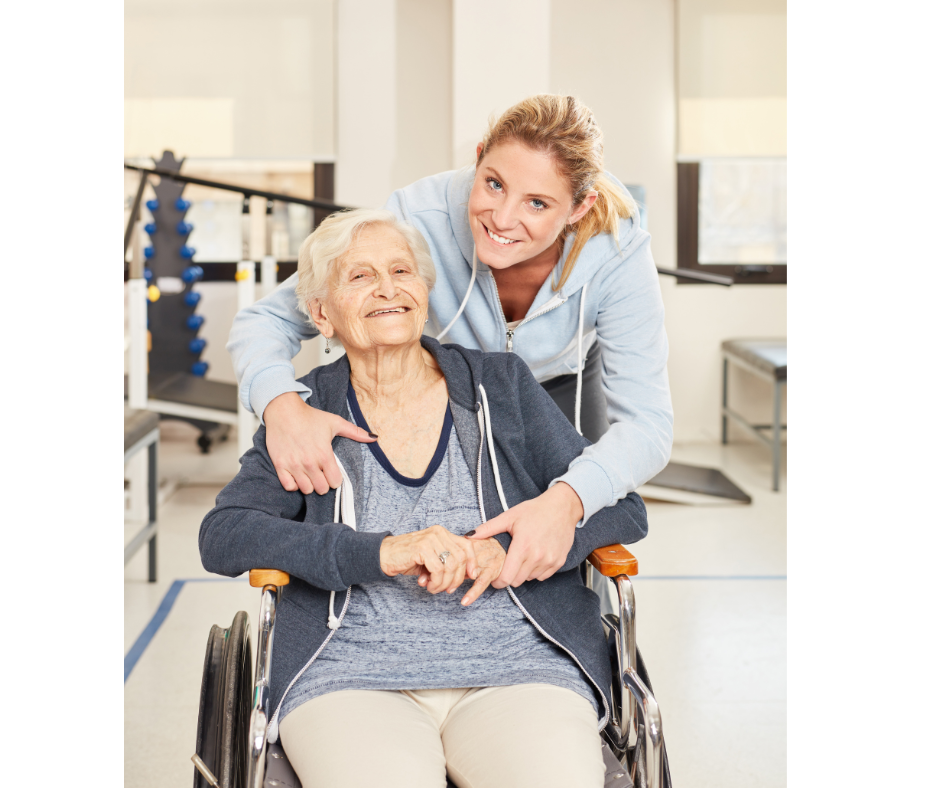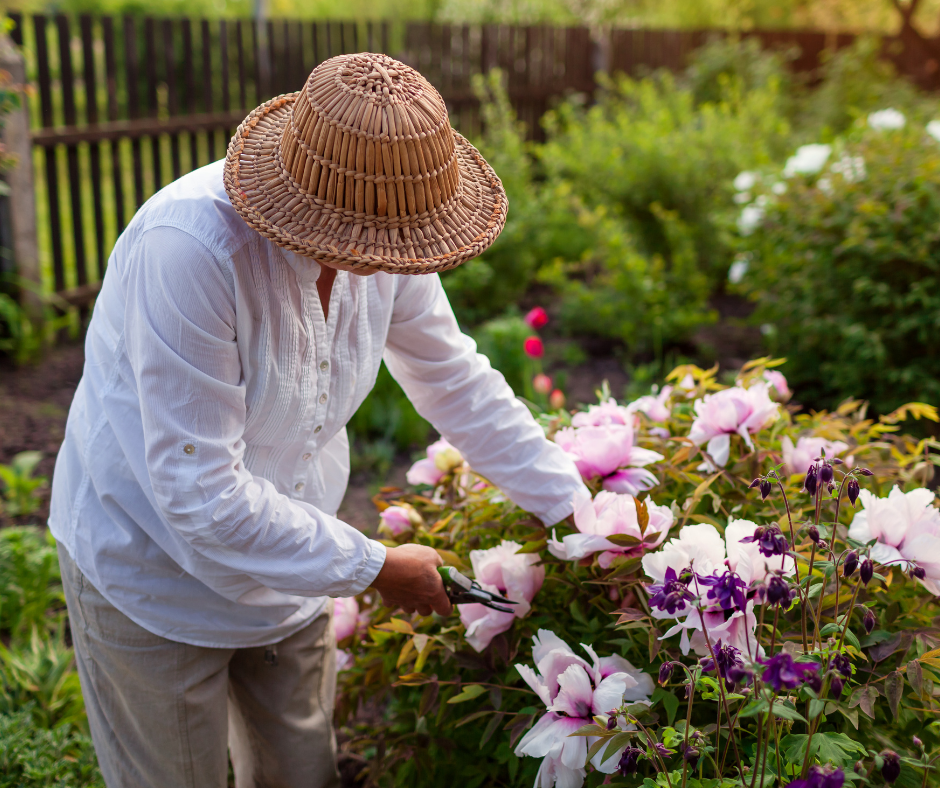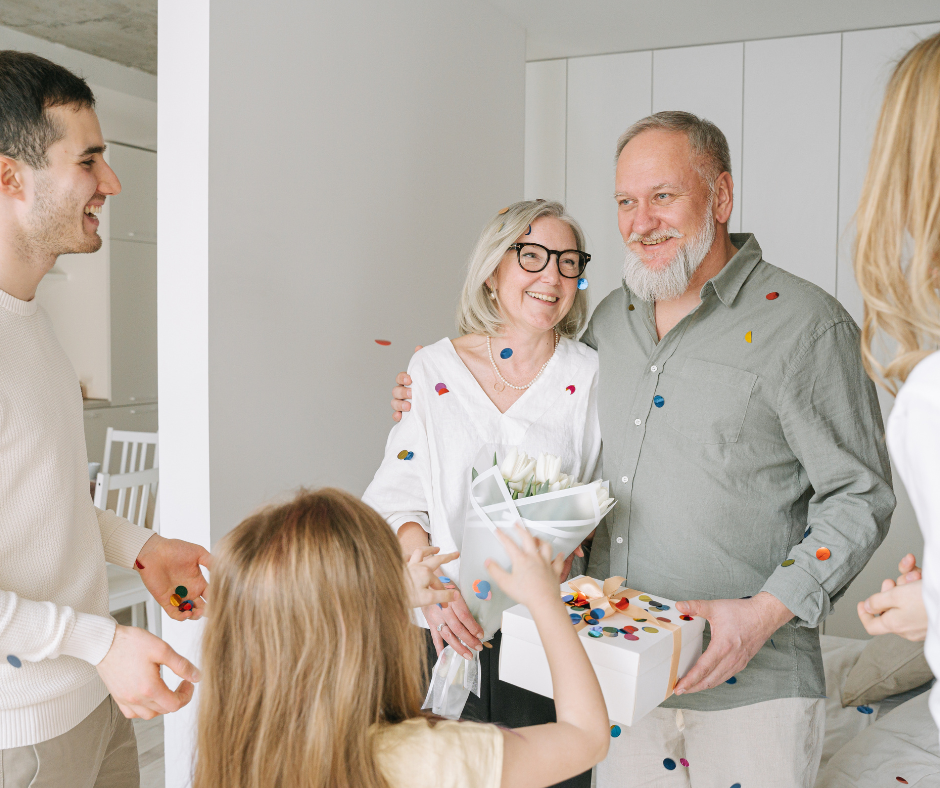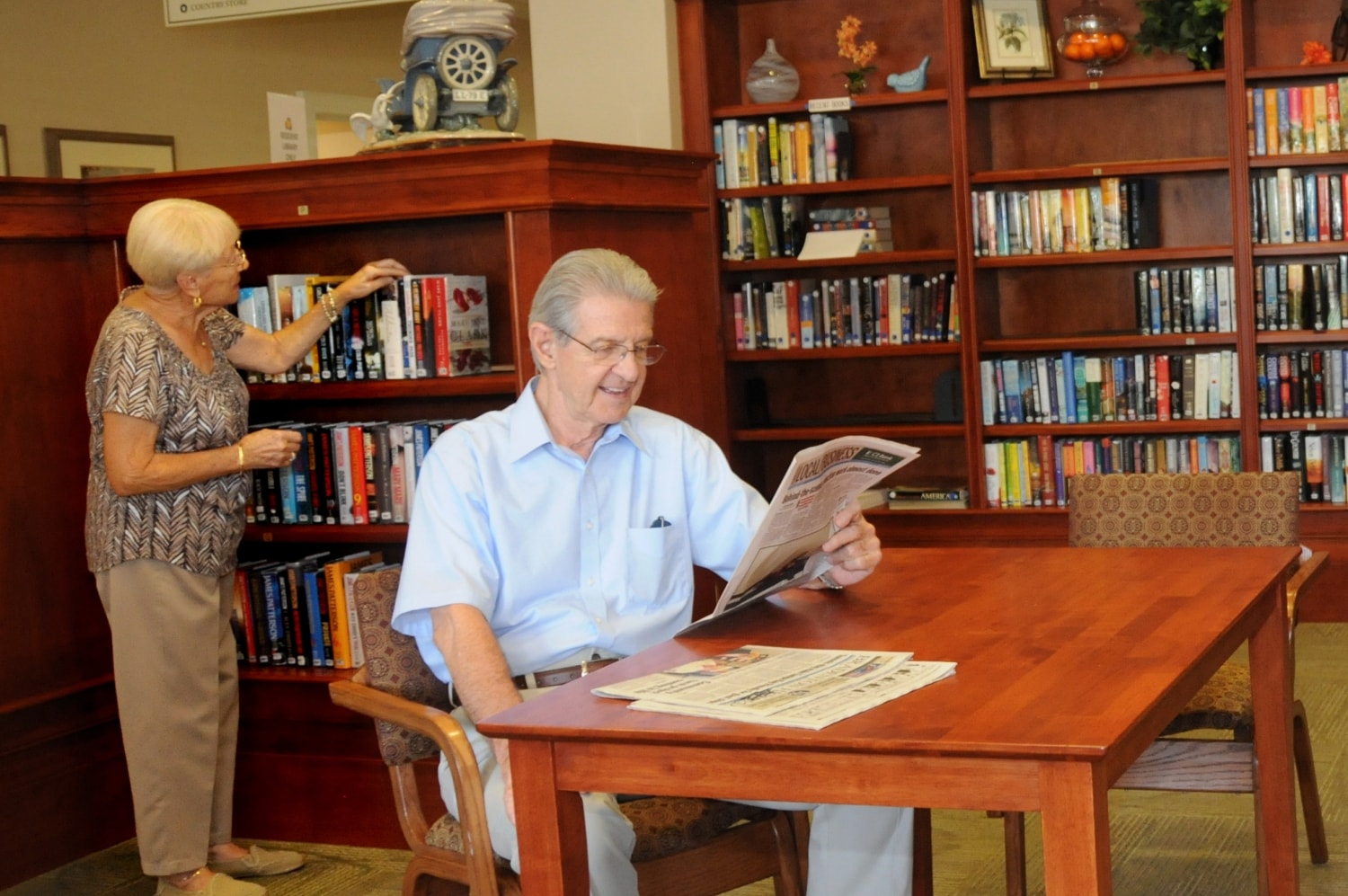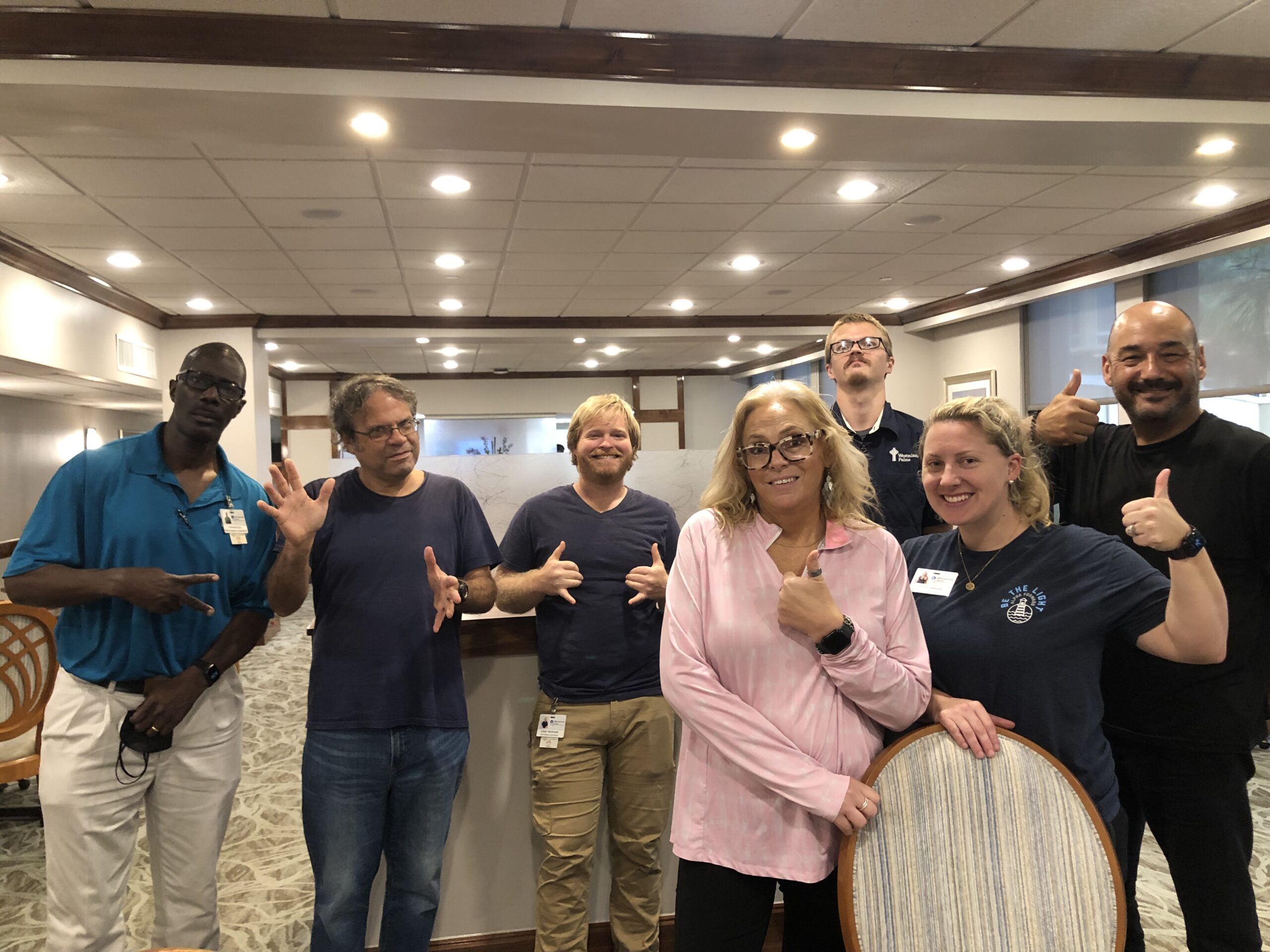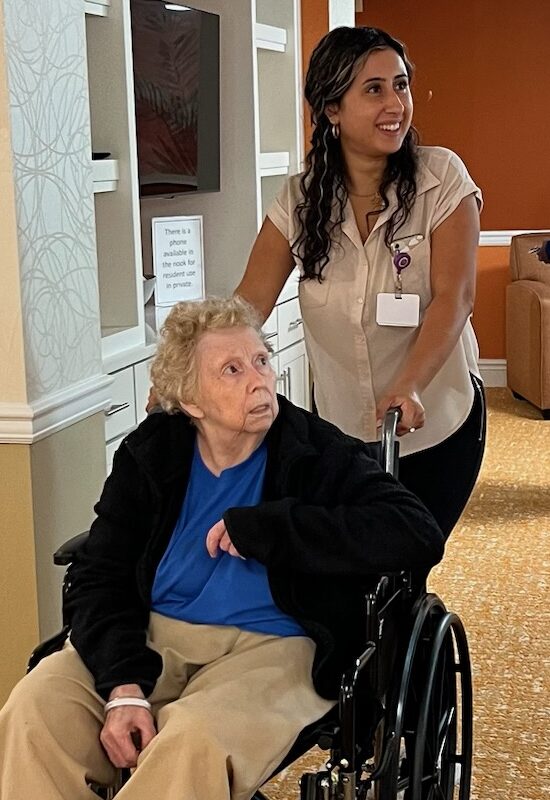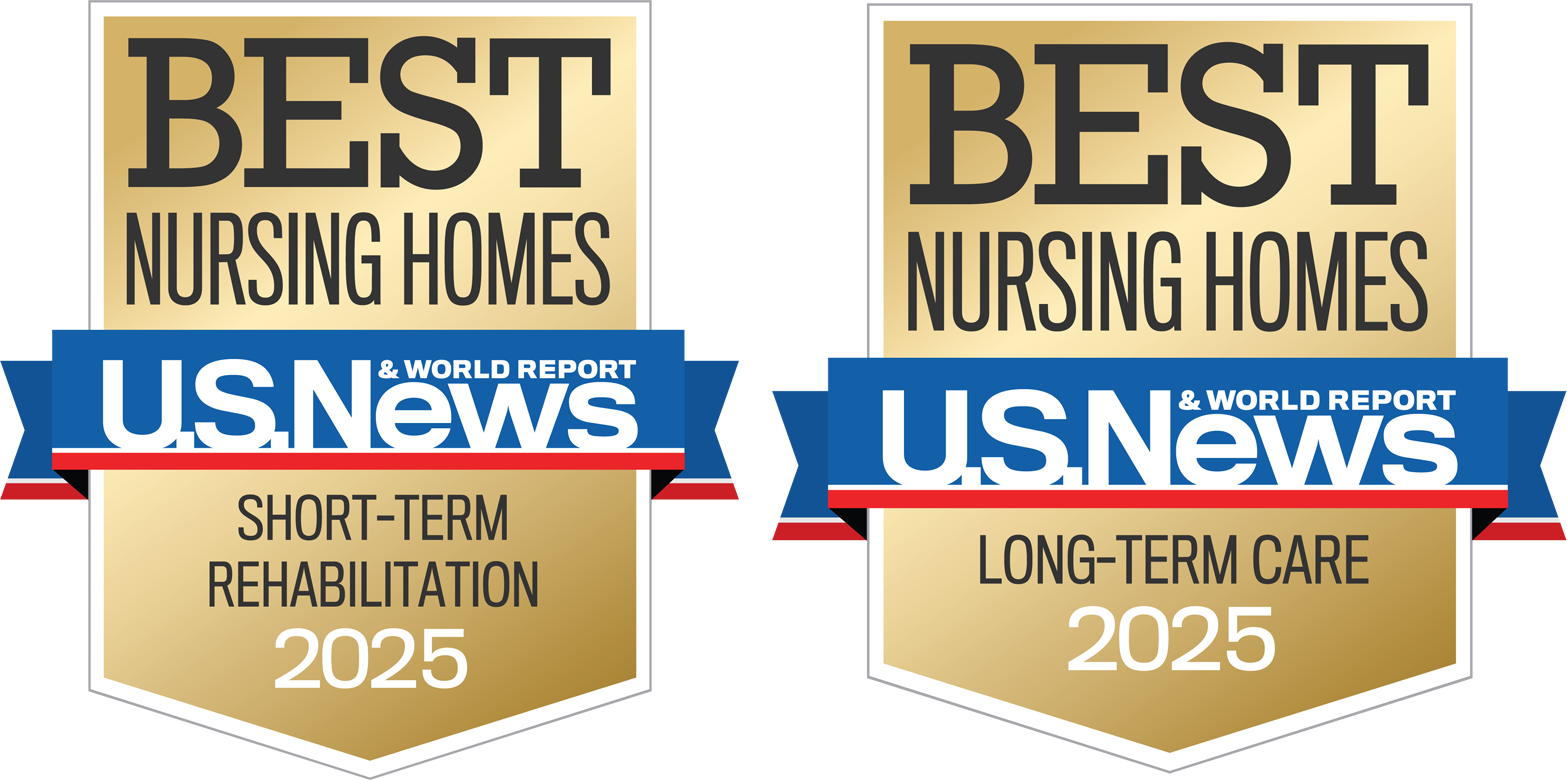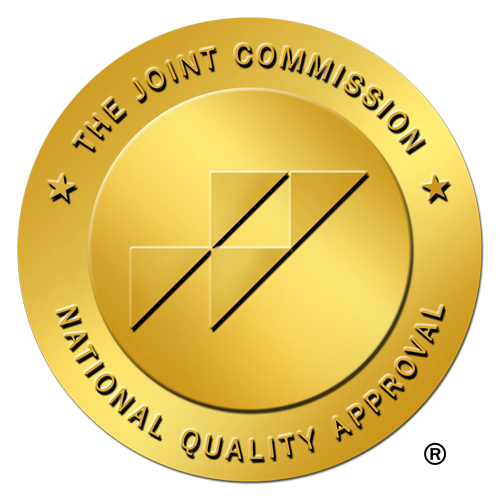There’s something about waking up to sunshine streaming through your window that just starts the day right.
In Bradenton, that’s not just an occasional treat—it’s your daily reality.
While friends up north are still shoveling snow and bundling up against March winds, you’re deciding which outdoor activity to enjoy today. This consistent access to sunshine and outdoor living isn’t just pleasant—it fundamentally transforms what independent living looks like for seniors.
Beyond Weather: The Real Sunshine Advantage
When you choose independent living in Bradenton, you’re signing up for more than just warm temperatures. You’re embracing a lifestyle where weather supports your independence rather than limiting it.
Think about it. No more worrying about icy sidewalks that make walking treacherous. No more winter isolation when weather makes it too difficult to leave home. No more seasonal depression from weeks of gray skies.
Instead, you gain year-round access to activities that enhance your physical health, mental wellbeing, and social connections—the three pillars that make independent living truly fulfilling.
Your Day, Your Way—Without Weather Constraints
Independent living means having the freedom to shape your days according to your preferences and passions. Bradenton’s climate makes this freedom more meaningful by expanding your options every single day of the year.
Morning Possibilities
Your morning might begin with a walk through gardens blooming even in winter months. Perhaps you prefer greeting the day with tai chi or yoga on a sun-dappled lawn. Or maybe you simply enjoy having breakfast on your patio, watching birds and planning the day ahead.
Whatever your preference, Bradenton’s gentle mornings offer perfect conditions for starting your day with intention and energy.
Afternoon Adventures
As the day progresses, your independent living community becomes a launchpad for exploration. Join friends for a game of bocce or shuffleboard without having to check the forecast first. Take a community shuttle to nearby cultural attractions without worrying about navigating through snow or storms.
The predictable weather patterns mean you can confidently plan outings and activities days or even weeks in advance, knowing you won’t likely face cancelations due to inclement weather.
Evening Enjoyment
As the sun sets, Bradenton’s mild evenings extend your active hours well past dinner. Enjoy a community concert under the stars. Gather with neighbors for an evening social on the patio. Take a sunset stroll along landscaped paths.
These simple pleasures become regular parts of your routine rather than rare treats saved for “good weather days.”
The Health Connection: Sunshine and Wellbeing
Independent living communities focus on wellness, and Bradenton’s climate naturally supports these efforts in ways that might surprise you.
Vitamin D and Bone Health
Your body produces vitamin D when your skin is exposed to sunlight—a process that becomes less efficient as you age. Regular, moderate sun exposure helps maintain healthy vitamin D levels, which in turn supports bone health, immune function, and mood regulation.
With Bradenton’s abundant sunshine, you can maintain healthy vitamin D levels naturally just by going about your daily activities outdoors.
Year-Round Physical Activity
Exercise is crucial for maintaining the strength, balance, and mobility that support your independence. Bradenton’s climate encourages consistent physical activity throughout the year.
Walking groups continue meeting in January. The swimming pool remains inviting even during winter months. Tennis courts and putting greens stay open year-round.
This consistency helps you maintain fitness routines without the seasonal disruptions that often lead to loss of momentum and physical decline.
Mental Health Benefits
The link between sunshine and mood is well-established. Regular exposure to natural light helps regulate sleep patterns, increase serotonin levels, and reduce symptoms of depression.
For many seniors, the winter months in northern states bring increased isolation and seasonal affective disorder. By choosing independent living in Bradenton, you give yourself the gift of year-round mental wellness support through natural light therapy.
Social Connections Flourish in Sunshine
Independent living is as much about community as it is about autonomy. Bradenton’s outdoor-friendly climate creates natural gathering spaces that foster connection.
Spontaneous Encounters
When pleasant weather draws everyone outdoors, chance meetings and impromptu conversations happen naturally. You might strike up a friendship with a neighbor while tending community garden plots or join an informal discussion group that gathers daily by the fountain.
These organic interactions create a web of connections that combat loneliness and enrich your independent living experience.
Expanded Social Venues
Your social life isn’t confined to community rooms and indoor spaces. In Bradenton, patios become dining rooms, gardens become gathering spots, and poolsides become social hubs.
This variety of settings keeps social interactions fresh and interesting while accommodating different preferences and comfort levels.
Visitor-Friendly Environment
When family comes to visit, Bradenton offers endless opportunities for creating memories together. Take grandchildren to nearby beaches without checking the forecast. Plan outdoor family dinners without backup plans. Show visitors local attractions without weather limitations.
This ease of entertaining helps maintain important family connections that support your independent lifestyle.
Independent Living Designed for Sunshine
Bradenton’s independent living communities reflect the region’s climate advantage through thoughtful design elements that maximize outdoor living potential.
Architecture That Blends Indoors and Out
Notice how your living space likely includes patios, balconies, or sunrooms that extend your usable square footage. Large windows bring natural light indoors, while covered walkways allow you to move between buildings comfortably even during brief afternoon showers.
Landscaping as Living Space
The grounds of your community aren’t just decorative—they’re functional extensions of your home. Seating areas tucked into gardens, walking paths that wind through natural areas, and outdoor dining spaces all become part of your daily living environment.
Amenities Optimized for Climate
Swimming pools maintained at comfortable temperatures year-round. Community gardens with extended growing seasons. Covered pickleball courts that protect from direct sun while allowing open-air play. These climate-responsive amenities enhance your independent living experience every day.
Finding Your Sunshine Match
If you’re considering independent living options in Bradenton, think about how you most enjoy interacting with the outdoors. Different communities emphasize different aspects of outdoor living.
Some focus on active lifestyle amenities like golf course access and tennis courts. Others highlight nature connections through preservation areas and wildlife watching opportunities. Still others emphasize outdoor social spaces with fire pits, barbecue areas, and alfresco dining.
By identifying which outdoor elements most contribute to your sense of wellbeing and independence, you can find a community that aligns with your personal definition of living well.
The Practical Side of Sunshine Living
Beyond the enjoyment factor, Bradenton’s climate offers practical advantages that support independent living:
Extended Driving Years
For many seniors, winter driving conditions become a limiting factor long before other driving challenges arise. Bradenton’s favorable driving conditions—no ice, snow, or freezing rain—may help you maintain your driving independence longer.
Simplified Wardrobe and Storage
Your closet no longer needs to accommodate four distinct seasons, simplifying both packing when you move and daily decisions about what to wear. This streamlining aligns perfectly with the simplified lifestyle many seek in independent living.
Reduced Weather-Related Anxieties
The predictability of Bradenton’s weather patterns reduces stress associated with planning and daily activities. You’ll rarely find yourself worrying about whether weather will interfere with medical appointments, family visits, or special events.
Embracing Your Sunshine-Filled Independence
As you settle into independent living in Bradenton, you’ll likely find that the sunshine advantage influences far more aspects of your life than you initially expected. From health to social life, from daily routines to special occasions, the consistent access to outdoor living enhances your independence in subtle but significant ways.
The result is a lifestyle where independence isn’t just about having your own space and making your own decisions—though those remain important. It’s about having the environmental support to live each day according to your preferences, pursue activities that bring you joy, and maintain the physical and mental wellbeing that allows you to thrive.
In Bradenton, independent living isn’t just a housing choice—it’s a comprehensive lifestyle supported by sunshine, community, and thoughtful design that makes every day a little brighter.
Westminster Communities of Florida® is a faith-based, not-for-profit organization serving older adults since 1954, with more than 7,000 residents in 22 communities.
Learn more at https://westminstercommunitiesfl.org/


